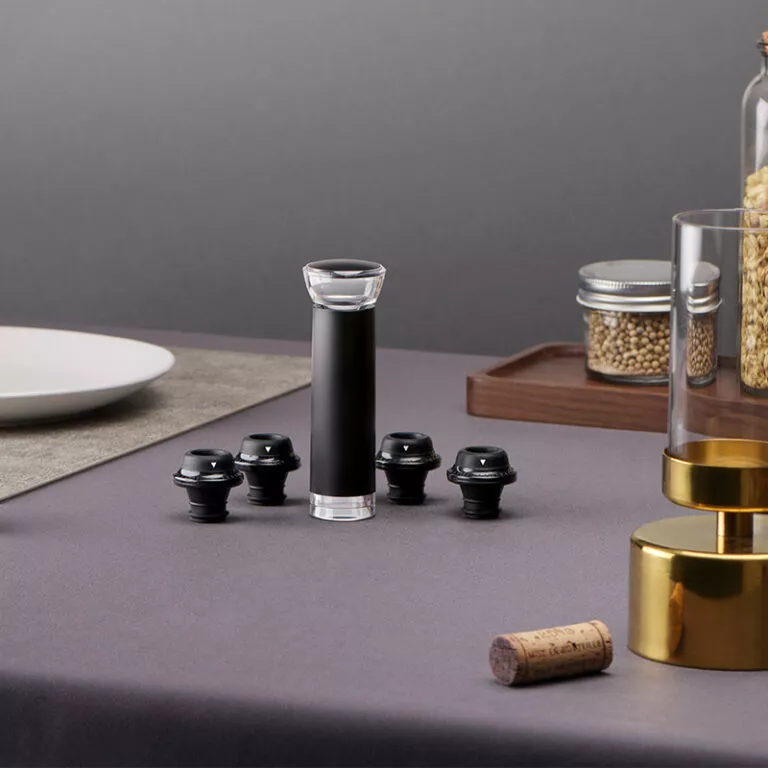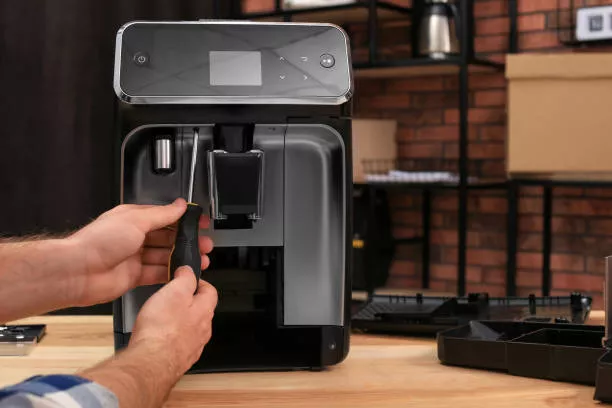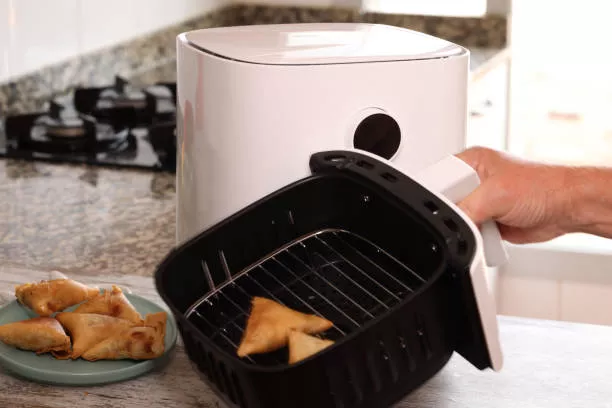Have you ever wondered how to unlock the richest taste and aroma in your cup of coffee? Then you’ll love uncovering the secrets of grinding your own coffee and exploring the immense benefits of grinding coffee beans at home. This comprehensive article is worth reading because it breaks down why freshly grinding coffee beans can be better than using generic pre-ground coffee, how it impacts flavor and aroma, and how you can harness the power of a grinder to create a truly flavorful coffee experience. By reading this, you will discover everything from choosing the perfect grinder size to harnessing freshness for your taste buds, culminating in an enhanced and more personal coffee drinking routine.
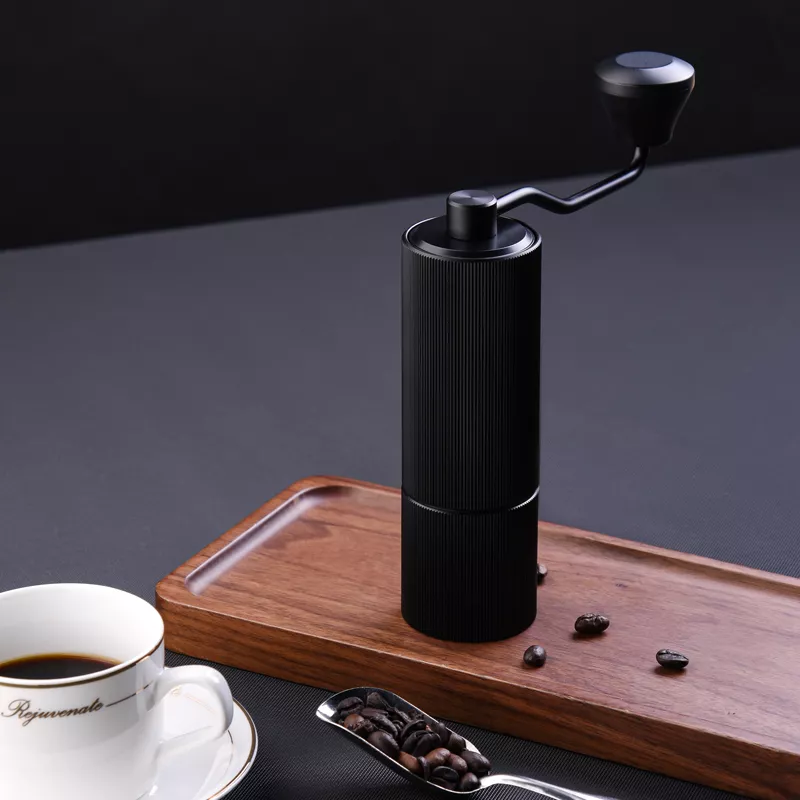
Table of Contents
What Makes Grinding Your Own Coffee So Powerful?
If you’re looking to elevate your overall coffee experience, grinding your own coffee beans just before brewing stands out as a game-changer. There’s a reason many coffee enthusiasts believe that grinding your own coffee beats any typical bag of coffee you might pick off a grocery shelf. Let’s explore why.
The Closer You Grind, The Fresher the Cup
When you grind the coffee beans moments before making coffee, you preserve the maximum amount of aroma and flavor. Coffee, as a roasted agricultural product, is delicate. Once exposed to air, it begins to degrade. This means that every hour coffee sits in ground form, it loses a degree of freshness. By controlling the exact moment you grind your coffee, you capture the highest potential for a rich taste in every sip.
Grinding Beans Allows a Personal Touch
When you decide to grind coffee beans at home, you exercise full control over the grind size. Whether you prefer a coarse grind for french press coffee, a medium grind for your drip coffee makers, or a fine grind for espresso, adjusting that setting lets you fine-tune the flavor of the coffee. In a professional sense, this is known as calibrating the coffee extraction, giving you a personalized approach each time you brew.
Case Study: A blind taste test among coffee drinkers revealed that an overwhelming majority of participants favored coffee brewed with freshly ground beans over coffee that has been ground even 48 hours prior, proving how crucial timing is.
Why Is Grind Size Crucial to Flavorful Coffee?
In any discussion about coffee, we can’t ignore the importance of grind size. Whether you’re aiming for the best coffee or searching for the perfect pairing with your local coffee roaster’s finest, the consistency and fineness of the grind significantly affects how your coffee tastes.
Grind Size and Surface Area of the Coffee
When you break down whole coffee beans, you create a larger surface area for water to interact with. The coarser the grind, the less total surface area; the finer the grind, the more surface area. When you get the ratio right, each bean’s flavor molecules are extracted in harmony, giving you a balanced brew. But if you mismatch the type of coffee to the wrong grind level, you risk under-extraction or over-extraction, both of which can be a disappointment for your taste buds.
Different Grind Sizes for Different Brew Methods
It’s important to note that coffee makers, from automatic drip machines to french press units, require different grind sizes to optimize the quality of the coffee. For example, with drip coffee, a medium setting is often recommended, while an espresso machine demands finely ground coffee for quick, intense extraction. This is why many coffee lovers might grind fresh for each brew method, sometimes multiple times a day if they switch from a coarse grind for french press coffee in the morning to a finer grind in the afternoon.
Which Grinder Should I Use for Fresh Ground Coffee? Burr or Blade?
The great grind debate typically boils down to a choice between a burr grinder or a blade grinder. Whether you prefer to grind your beans using high-end equipment or minimal fuss, understanding these two designs helps you make an informed decision.
Burr Grinder: Consistent Grind Size
A burr coffee grinder uses two abrasive surfaces to evenly crush whole bean coffee. This design ensures a consistent grind size crucial for balanced coffee extraction. Burr grinders typically come with adjustable settings, so you can seamlessly adjust the grind size from coarse to fine. For coffee enthusiasts pursuing the highest standard of flavorful coffee, a burr grinder provides the precision needed to highlight all the subtle notes in each cup.
Blade Grinder: Simplicity Over Precision
Blade grinders operate like small blenders, chopping beans at high speed. While cost-effective, they often yield less uniform ground coffee, with some particles turning powdery and others remaining chunky. Though adequate for casual coffee drinking, serious coffee lovers who want to fine-tune the taste buds often pick a burr grinder. Still, if you’re on a budget or stepping into coffee grinding for the first time, a blade grinder is certainly better than using no grinder at all.
Is Buying Pre-Ground Coffee Really a Disadvantage?
Buying pre-ground coffee is undeniably convenient. You open the bag or can, scoop it into your coffee maker, and enjoy your beverage. However, there are reasons coffee goes stale more quickly once grounds are exposed to air.
The Value of Freshly Ground Coffee
When you rely on pre-ground beans or pre-ground coffee, you sacrifice a degree of freshness. The closer you grind to the actual brew time, the more potent the final flavor profile. By the time a batch is ground in a factory, packaged, shipped, and lands on store shelves, invaluable aroma compounds have likely dissipated. For many coffee drinkers, the difference is night and day—freshly ground coffee produces a tastier, more aromatic result.
The Role of Oxidation
Oxidation triggers staleness. If coffee isn’t sealed properly or sits too long, those delightful oils and aromas degrade. Some coffee lovers find that buying pre-ground coffee robs them of the experience of controlling their coffee to water ratio precisely, because the finer the grind or coarser the setting might not match their home brewer perfectly. When you handle whole coffee beans, you can grind your beans specifically for your device, ensuring the best ratio and the highest freshness.
How Do Different Grind Sizes Impact Your Cup of Coffee?
Each cup of coffee can differ substantially based on whether you use a coarse grind, a medium level, or a fine grind. The surface area of the coffee changes how water flows through the grounds, dramatically altering the final brew.
Coarse vs. Fine
- Coarse Grind: Suitable for methods like french press or cold brew. The bigger particles extend brew time, extracting slowly for a lighter, nuanced taste.
- Fine Grind: Best for espresso or Turkish coffee, giving water minimal time to pass through, resulting in an intense flavor punch.
Brew Methods That Require Different Grind Sizes
There’s a strong link between the brew method and the recommended grind size. For instance, a french press coffee demands coarse grounds so you don’t end up with sediment. Meanwhile, your typical filter drip machine often calls for medium ground coffee, ensuring a balanced extraction. If you attempt to brew with the wrong size, you risk either a weak or overly bitter coffee. This is why the conversation around how to grind coffee remains so important—grind your own coffee beans are best adjusted for your specific device.
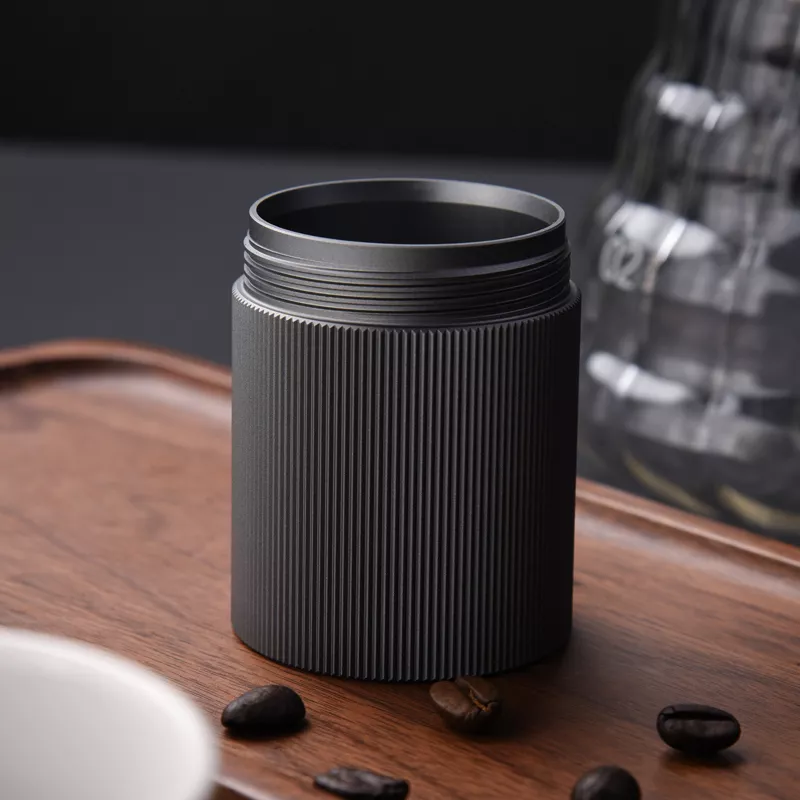
What Brews Work Best with Coarser Grind vs. Fine Grind?
Perhaps you’re uncertain whether your brewing style calls for a coarser grind or something more refined. Understanding the differences is key to perfecting your coffee.
Coarser Grind for Immersion Brewers
Immersion brewing methods, like using a french press, soak the grounds in water for longer durations. A coarser grind ensures you don’t over-extract. Immersion also suits coffee that emphasizes a heavier body, capturing a thicker mouthfeel that many coffee enthusiasts adore. If you grind the coffee beans too finely for a French press, you could end up with muddy coffee and more leftover sludge at the bottom of your cup.
Fine Grind for Espresso
Espresso machines push pressurized water through finely ground coffee quickly (usually between 20–30 seconds). That means small, uniform particles are a must. Otherwise, the water either blasts through channels without extracting enough flavor or stalls, tasting burnt. A fine grind is the tried and tested approach—particularly if you want a shot with deep crema and rich complexity.
Which Coffee Grinder Options Suit My Brewing Coffee Needs?
Making coffee often begins with deciding which coffee grinder to purchase. Assessing your brew style, quantity needs, and convenience factors will help guide you.
Manual Coffee Grinder for Hands-On Experience
A manual grinder is a charming option if you love the tactile routine of grinding beans just before brewing. With a handle you rotate by hand, you keep heat buildup to a minimum, potentially preserving more subtle nuance in your coffee. Such grinders are also portable—perfect for travelers or minimalists. It can be a labor of love, but one that many coffee enthusiasts find rewarding.
Electric Coffee Grinder for Speed and Efficiency
For those who love to brew multiple cups back to back or have a busy morning schedule, an electric option speeds up the process. Whether it’s a blade design or, more preferably, a burr grinder, an electric coffee grinder helps you get consistent grounds in seconds. If you’re a busy professional or you simply can’t imagine manually grinding coffee beans at 6 AM, an electric model might just make your day easier while ensuring fresh ground coffee anytime you want.
Stat: Surveys show that approximately 60% of daily coffee drinkers prefer to grind their coffee beans at home at least once a week for improved taste and convenience.
How to Optimize Freshness and Aroma in Your Coffee Beans at Home?
Nothing beats the taste and aroma that come from grinding coffee beans at home. Yet, a few best practices can help you keep those beans at peak condition for longer, ensuring each brew is as fresh as possible.
Buy Whole and Store Properly
To maintain freshness and aroma, always buy whole beans from a reputable source. Store them in an airtight container placed away from direct sunlight, heat, or moisture. Beans lose their vibrancy faster if you expose them to fluctuating temperatures or humidity. By protecting them carefully, you keep the quality of the coffee intact.
Grind Right Before Brewing Coffee
Beans just before brewing: that’s the winning formula. The closer you get to brew time with your grinding, the more full-bodied and fresh coffee your final cup of coffee will be. Even if you decide not to brew the entire bag at once, dividing your coffee beans vs. pre-ground approach can give you an immediate difference in freshness. If you must pre-grind, do so in small batches that you plan to use within a day or two for minimal staleness.
FAQs About Grinding Your Coffee Beans
How fine should I grind my own coffee for a drip coffee machine?
Aim for a medium grind, like the texture of sand. This ensures balanced contact time with water, producing a well-rounded brew.
Is grinding your own beans more affordable in the long run?
Often, yes. While the initial cost of a coffee grinder (especially a burr grinder) can be a bit higher, grinding your own beans can save money over time if you buy fresh beans in bulk. Plus, the flavor payoff is substantial.
Does the type of coffee roast affect how I grind the coffee beans?
Darker roasts are more brittle and might break down faster, requiring slight adjustments to keep from over-extraction. Lighter roasts might need a slightly finer grind to bring out their complexity. Experiment and see what tastes best to you.
Can I repurpose a blade grinder for spices and coffee simultaneously?
While possible, it’s not recommended, because leftover spice residues can affect the coffee’s aroma and vice versa. If you must, thoroughly clean and dry the grinder first.
What is the relationship between brew time and grind size?
A longer brew time typically calls for a coarser grind to avoid bitterness, while a shorter brew time (like espresso) needs a finer grind to extract enough flavor in a short burst of water contact.
Why do coffee snobs often talk about a burr grinder being superior?
A burr grinder produces more uniform coffee grounds, leading to an even extraction. Blade grinders, meanwhile, chop beans unevenly, which can create a mix of small powdery flecks and larger chunks.
Where to Find a Reliable Coffee Grinder and Key Takeaways
As a coffee grinder manufacturing plant for products, our goal is to bring you advanced, user-friendly grinders that help you perfect the brew process. Whether you want a manual coffee grinder or you see the allure of an electric burr grinder, the right device helps you easily discover the benefits of grinding your coffee beans at home. Below, you’ll find notable resources from our brand that could elevate your coffee routine:
- Pepper and salt grinder electric – Although designed primarily for spices, this electric model can serve as an everyday coffee grinder in a pinch.
- Pepper grinder – A simple yet effective grinder that could also handle smaller amounts of coffee beans.
- Salt & Pepper Mill Sets – Multi-purpose sets that might grind fresh if you’re short on tools, though best for those who occasionally brew.
- Automatic Pepper Mill – Another alternative if you prefer an automatic approach to grinding beans or pre-ground spices.
- Manual coffee grinder – Ideal for coffee connoisseurs who want full control and less heat generation during the grinding process.
Definitely consider specialized coffee-exclusive devices for the best results. But from our experience, the variety and design we’ve developed can fit both novices and advanced coffee makers seeking a perfect grind every time.

AIDA Model to Inspire Action
• Attention: By now, you understand the difference freshness can make in your coffee. The taste, the aroma, and the consistent brew are all within reach by grinding coffee beans at home.
• Interest: You’ve learned about burr vs. blade, coarse vs. fine, how to preserve aroma, and how adjusting grind size can improve your coffee drinking routine.
• Desire: Envision yourself customizing each brew to your favorite coffee style—french press one morning, espresso the next. The possibilities are endless when you harness the power of the perfect grinder.
• Action: Feel free to reach out directly if you want to learn more about our coffee grinder manufacturing solutions, from manual to electric options. We’re here to help you transform your coffee habits and bring out the best in every brew.
Bullet Point Summary: Most Important Things to Remember
- Grind your coffee beans just before brewing to maximize freshness.
- The finer the grind, the quicker water passes through, which works well for espresso; a coarser grind suits immersion methods like a french press.
- Buying pre-ground coffee might be convenient, but you lose a significant portion of aroma and flavor potential.
- A burr grinder offers consistent grind size and better extraction results than a blade grinder.
- Storing whole bean coffee in a cool, dark place can prolong freshness and maintain flavorful coffee quality.
- Different brew methods, like french press, drip, or espresso, require different grind sizes to extract optimum flavor.
- Always consider the surface area factor—grinding your own beans ensures you can adjust precisely to your brewing method.
- Freshly ground coffee contributes to both the aroma and the “flavor of the coffee,” ultimately enhancing your coffee drinking journey.
We hope this guide helps you realize that grinding your own coffee beans is not only easy but also immensely rewarding. From exploring the nuances of burr grinder technology to mastering your personal french press routine, the process can be deeply satisfying. By combining fresh, roasted coffee and a well-chosen coffee grinder, you’ll take your next cup of coffee to new flavor heights. Feeling inspired? Contact us for more details on our coffee grinder manufacturing solutions, and let’s create your best brew together.

